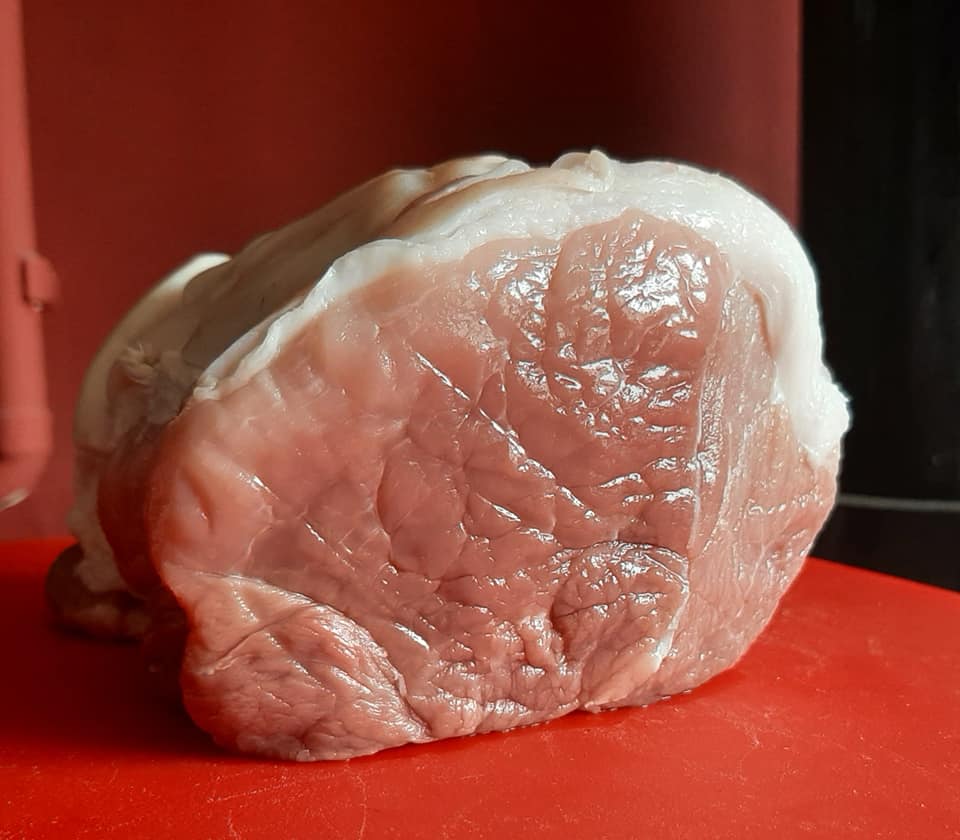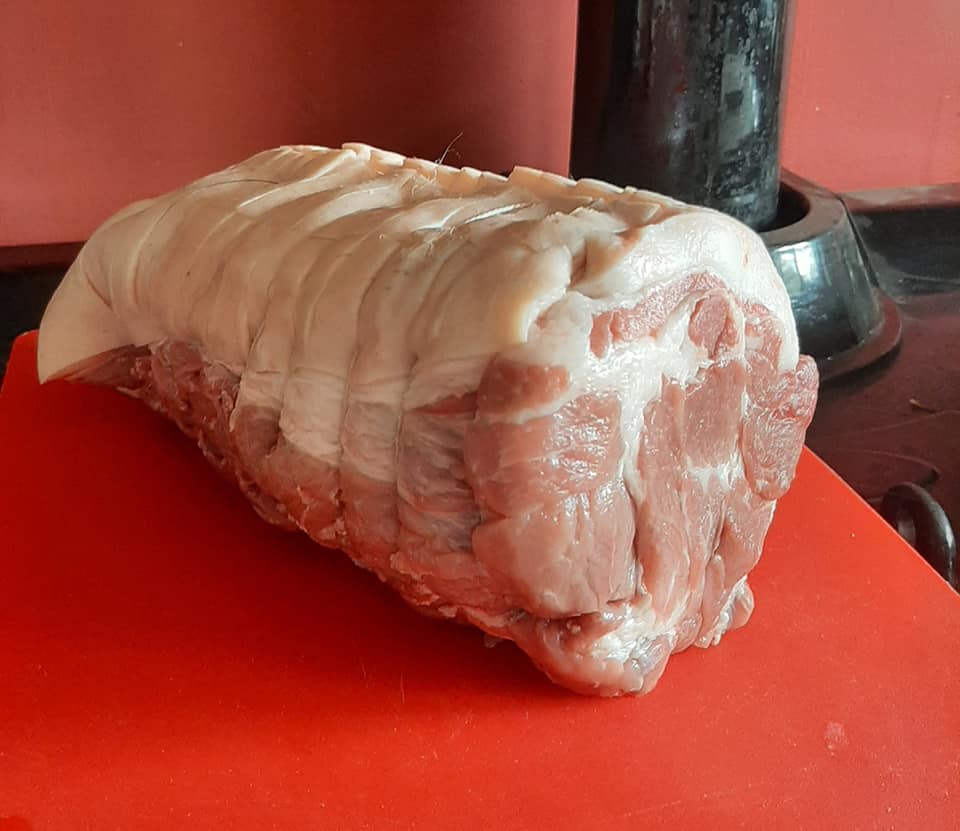
What do we know about boars
What of boar taint. Accumulation of the 16 androstenes contributes to what many regards as unpleasant “boar taint” from sexually mature boars. Boars distinguish themselves with their high testicular production of androstenes and estrogens. Commercial breeds are susceptible to this. The rarer and traditional breeds do not need to be castrated as the process is slower.
Generally the amount of fat is less in intact boars. With castrated boars having the most fat. Intact males are raised because they are more efficient (less food per unit gain and leaner) than castrated males; so marketed weights are around 90kg before boar taint appears.

Among individual boars, sperm production is at its maximum after the age of 2 years and relates directly to testicular size, but testicular size is dependent on breed and age.
Factors that influence sperm production include social environment, light, nutrition and temperature. Social isolation along with lack of auditory and olfactory stimuli depresses sexual behaviour, but sperm production generally is not affected. The impact of light and nutrition on sperm production remains controversial, however, as long as extreme conditions are avoided their effects appear minimal.
Elevated temperature adversely affects sperm production and intervention is required to reduce its duration and intensity in order to maintain output of high-quality sperm. It can take 8 weeks for sperm to reproduce after the affects of heat stress.
